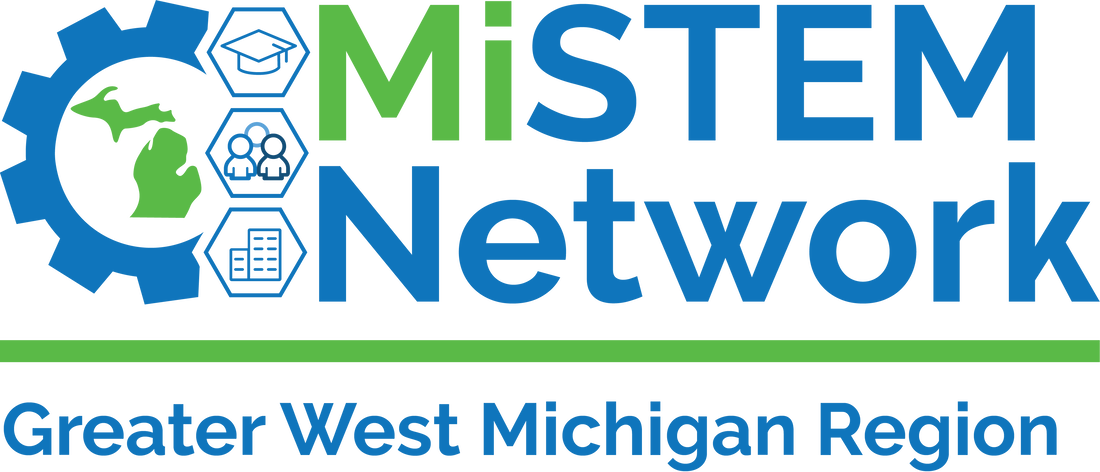Protocol Overview and Instructions:
The Stakeholder Map gives an overview of all stakeholders, i.e. organisations and people who have a claim or interest in the problem and a potential solution. In a first step, start by determining the use cases. This can be a product, a project or the collaboration of different departments. In a further step, list all stakeholders involved. Thanks to well thought-out questions, we can also sharpen our
understanding of the various stakeholders. Followed by the creation of a stakeholder map, where the various stakeholders are placed on the map. Subsequently, enter the relationship between the stakeholders and formulate the findings. Often it makes sense to first create the stakeholder map in the project team and later in the process to question the most important actors and to question the assumptions.
Stakeholder Map Protocol Instructions
Educator Thoughts:
For our investigation, I used the Stakeholder’s Map. Students did this via mindmup to keep their map neat. Students had some learning curves with the website and determining who was impacted by agricultural runoff but once they got some examples they were off to the races. Definitely success in getting them to see the bigger picture of who/what is impacted by human choices.
“The stakeholder map broadened student understanding of how each choice we make can impact our entire society and not just the farmers using pesticides/dealing with runoff”
Student Quote:
“I can’t believe how many things come in contact with runoff! This showed me so much.”
|
Meet the Educator:
MaKenna Kane teaches English Language Arts in Hamilton Middle School STREAM program. STREAM centers on outdoor learning experiences, Agricultural Science, Nonfiction reading and writing. "PBL is a passion of mine because students are engaged in rigorous learning while being able to create a meaningful and authentic product." |








